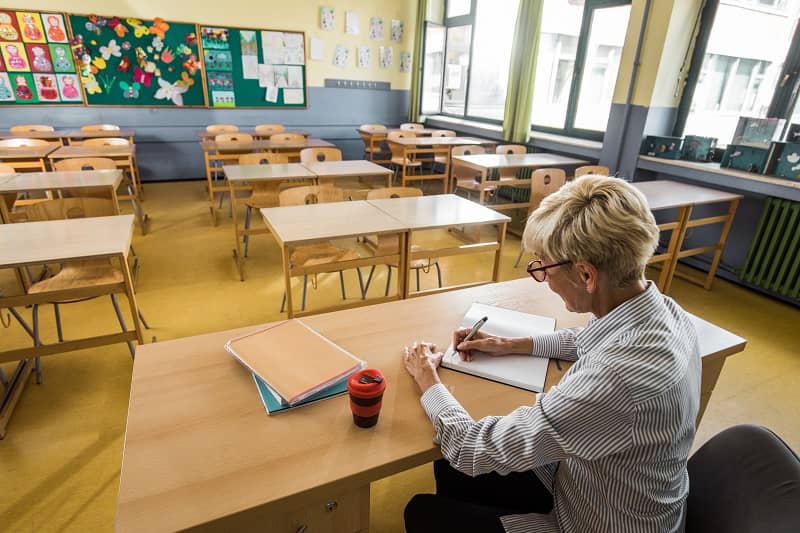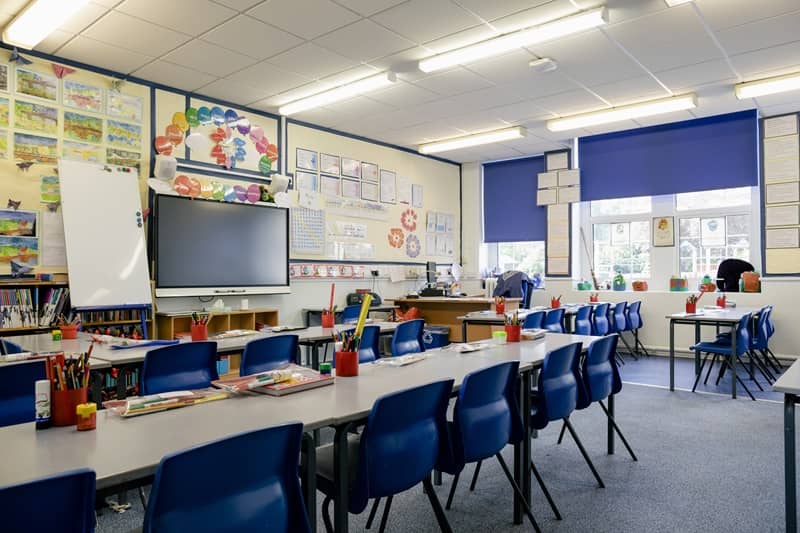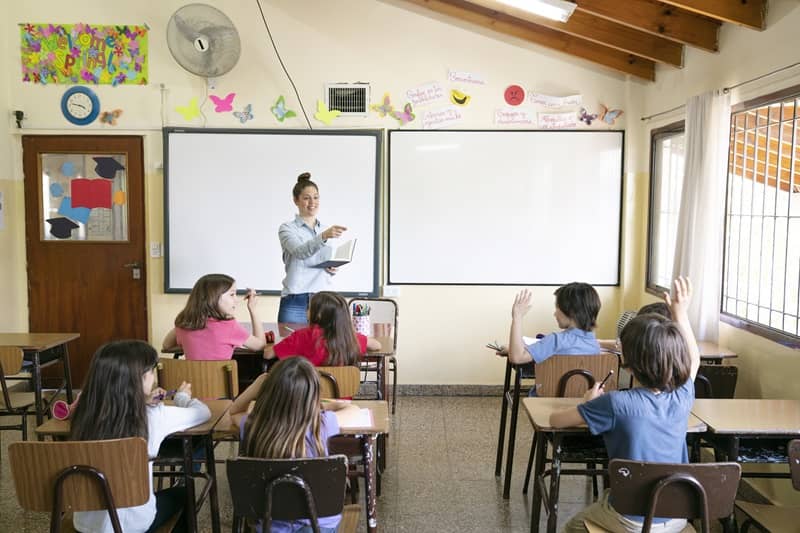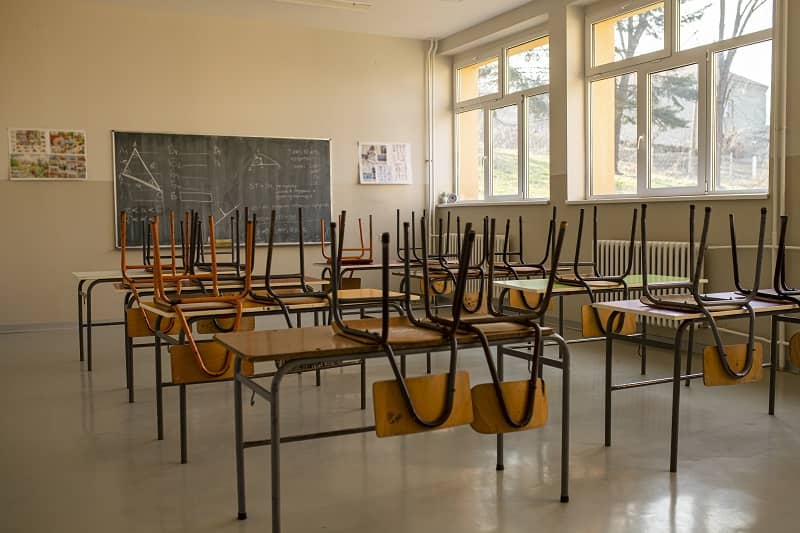On the third day of the new school year at Portland’s Madison High School, Governor Kate Brown spoke about her goal to improve educational outcomes for all students. She bemoaned the fact that at 74%, Oregon has one of the lowest high school graduation rates in the country, and then she noted that “For me this is a very personal issue”:
“My stepson blew out of one of the local area high schools a few years ago. We were very fortunate. We had the resources to provide him with another educational opportunity, but not all families do. That’s why it’s absolutely imperative that we work together to improve Oregon’s high school graduation rates.”*
So how does Governor Brown propose to assist families that don’t have the resources hers had to help their children achieve educational success? Apparently, by supporting Measure 97 on the November ballot, which would be the biggest tax increase in Oregon’s history.
In reality, Measure 97 is a sales tax hidden behind the façade of being a tax on big business. Its passage will actually make it harder for many of the families the Governor wants to help, in the questionable hope that the revenue it generates would be spent properly to give their kids a better chance at graduation from the same schools that have failed so many in the past.
Measure 97 will not only act as a consumption tax on many of the goods and services Oregon families buy every day, but it also will reduce private sector employment opportunities as more than $3 billion are siphoned out of the private sector into the state general fund each year. From there, all this money—which is about what a six-percent retail sales tax would produce—may or may not be spent in ways that would give struggling families the same opportunities that the Governor’s family had when her stepson needed help.
Rather than ask voters to take a $30 billion gamble over the next ten years on a tax measure that may not show any positive economic or educational results for Oregon families, the Governor and voters should consider another way to provide all families with the resources they need to give their children the educational opportunities they deserve. And, this other way will not raise anyone’s taxes, and it will not reduce anyone’s job prospects.
This other way is school choice. Governor Brown’s predecessor, John Kitzhaber, took a major step toward this other way when he signed Oregon’s public charter school law in 1999 that currently allows more than 30,000 students to attend some 127 charter schools for educational opportunities they otherwise would have been denied. All without costing taxpayers or the public school system one additional dime.
Oregon is one of forty-three states and the District of Columbia that offer public K-12 charter school opportunities to their families. Now, the newest wave in the school choice movement is offering Education Savings Accounts in five states, and that number is sure to grow.
Education Savings Accounts, or ESAs, are not a college savings plan. Rather, if families decide the public schools their children are assigned to are not meeting their needs, they can leave those schools and instead receive money from the state to pay for approved alternative education options and expenses. Parents can spend the funds on private school tuition, individual courses at public schools, tutoring, online learning, textbooks, educational therapies, and other education-related services and products. They can use a combination of these services based on what they think would best meet their child’s learning needs.
Each eligible child is able to draw from his or her own personal Education Savings Account maintained by the state and funded by most, but not all, of the money that otherwise would have been sent to the local school district. When properly structured, ESAs require no new taxes and are not a financial burden on the state or local public school districts. They simply allow money already allocated for public education to be used in ways individual families choose, instead of in ways dictated by the ZIP code students happen to live in.
In an improvement over earlier school choice programs such as vouchers, ESAs let families spend only what they want to each year, and save or rollover the balance toward future educational needs. If not all the money in an ESA is spent by the time a student graduates from high school, the remaining funds may be used to help cover his or her higher education costs.
So, let’s not ask taxpayers to gamble that our troubled public schools will somehow get it right this time if we simply give them enough new money out of our pockets with the hidden sales tax in Measure 97. Instead, let’s ask our legislators in Salem to explore a new, truly innovative way to improve educational outcomes for each individual student with personal Education Savings Accounts.
* Governor Brown’s complete remarks at Madison High School were recorded and can be heard on this KXL radio episode of Beyond the Headlines in the first segment of about seven minutes at https://soundcloud.com/kxl-beyond-the-headlines/week-of-8-28-16-episode-130












Shanna Cotton
Hello!
Wondering if you can provide me with any insight into Gov Kate Brown’s position on Charter schools. Is she a supporter? What about home and community-based education?
Thank you,
Shanna